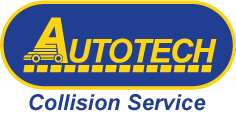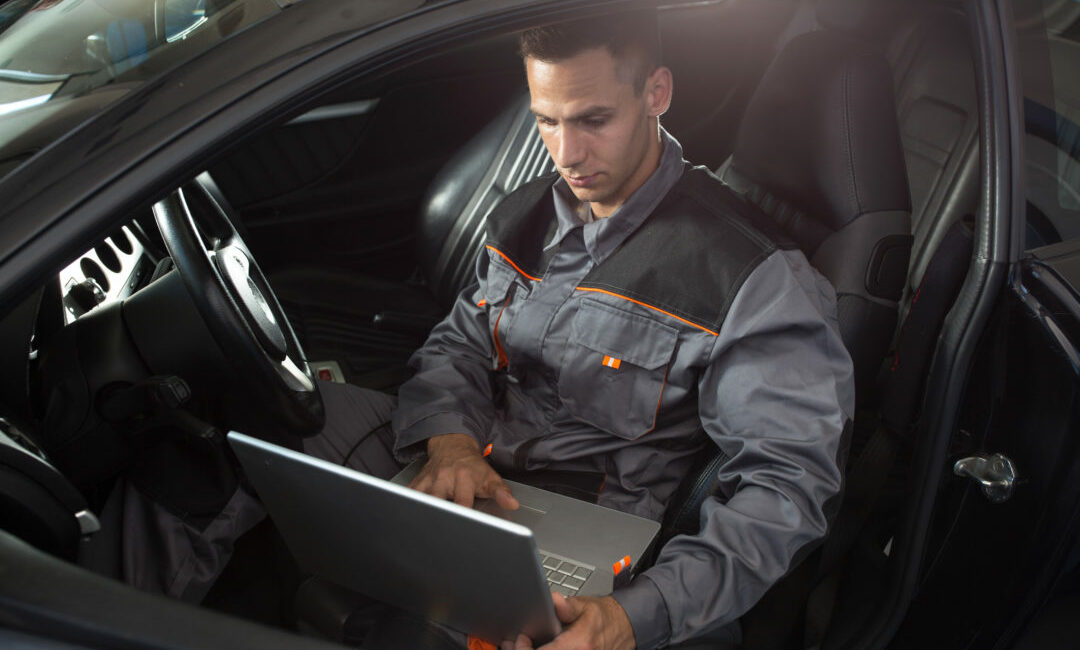If you own a vehicle manufactured anytime from 2016 onwards, it’s probably equipped with some safety technology commonly known as Advanced Driver Assistance Systems (also known as ADAS technologies). These technologies used only to be seen in luxury cars, but have become a bit of a standard in modern-day vehicles. Because of this, manufacturers have repair procedures for each of their cars to ensure these safety features are correctly performing their designated functions after a repair. If a technician ignores these repair procedures, then your safety will be at risk, and there’s no guarantee the ADAS technologies will be working properly.
With how important these repair procedures are, you would think every auto body shop would make it a standard repair procedure to follow precisely what the manufacturer lays out for them. Unfortunately, New Jersey (and most other states) don’t require technicians to be licensed to work on your car. We at Autotech Collision Service are an OEM certified repair shop located in Southern New Jersey. We know how critical it is to follow exactly what the manufacturer tells us, which is why we know scanning and calibration are critical for modern-day vehicles. We’re here to tell you why and what that means for your car.
If an autobody shop neglects to scan your car as part of the repair process, your safety would be at risk and you wouldn’t even know it. The safety systems in your car could be malfunctioning, unable to perform their designated functions and your risk (along with anyone else in the car) of injury from an accident increases. Sensors could be aimed wrong and your airbag sensors could have a fault code, without you knowing. Unless a body shop performs a vehicle scan before, during, and after the repair, the ADAS technologies in your car wouldn’t be able to protect you the way it should.
Unfortunately, insurance companies don’t like to pay for pre- and post-repair scanning because to them, they’re getting billed twice. However, it’s important to know what faults codes exist in your car prior to starting the repair. In many cases, these systems are all tied together. If a technician begins a repair without scanning could cause more system failure if these systems are unable to communicate with one another. For example, your lane assist could try correcting your steering based on bad information from a faulty sensor somewhere else in the system. This is also a liability issue. The vehicle could have fault codes that result from the previous repair or are not part of the car that’s being repaired. Maybe your rear sensors have a fault code, but only your front sensors are being repaired due to a technician not performing a proper scan.
Without a pre-scan of the vehicle, a repair shop and the customer would have no way of knowing there is an issue with that system. It could even be completely unrelated to the accident. Even a small tap on the bumper during rush hour is enough to throw off sensors but not enough to show up as visible damage.
What Is Scanning?
During a diagnostic vehicle scan, a technician will hook up a scanner to your car’s diagnostic port where various Diagnostic Trouble Codes (or DTC for short) will appear to give a technician where to begin the repair. It’s important to note that even if your car doesn’t illuminate certain lights on your dashboard, that doesn’t mean nothing is wrong with your vehicle. This is the whole purpose of vehicle scanning so the technician can get a good look “inside” your car to determine what’s wrong.
The best way to compare this is when you go to the doctor. You can tell the doctor all your symptoms, and they can diagnosis you from that. But until they take x-rays or get bloodwork, they won’t be 100% sure of your diagnosis. Similarly, an auto repair technician can get to work on your car without scanning based on what they can “see.” However, there could be non-functioning safety equipment, hidden faults, or damaged components that will go undetected unless there is a diagnostic scan. This is why a technician must know to scan your car before getting to work on your vehicle to ensure a safe repair. Otherwise, there is no guarantee your car would be able to protect you the way it should without proper scanning and/or calibration.
When Are Scanning and Calibrations Needed?
Aside from beginning a repair, a post-repair diagnostic scan will be required for a few different reasons. Let’s take, for example, what American Honda wrote in a position statement from May 2019 regarding pre- and post-repair scanning:
- “A preliminary diagnostic scan during the repair estimation phase to determine what diagnostic trouble codes (DTCs) may be present, so proper repairs may be included.
- A post-repair diagnostic scan to confirm that no DTCs remain.
- Any repair that requires disconnection of electrical components in order to perform the repair will require a post-repair diagnostic scan to confirm if the component is reconnected properly and functioning.
- Damage that requires the replacement of body parts will always require a post-repair diagnostic scan.
- Some safety and driver-assistive systems (such as ADAS) will require inspections, calibration, and/or aiming after calibration after collision or other body repairs.”
Every car manufacturer, like Honda, will have its requirements on scanning and calibrations. However, it is guaranteed they will always require pre- and post-repair scanning to accurately diagnose what needs to be repaired and determine everything is functioning correctly. If you think of ADAS technologies like a computer, a recalibration is similar to resetting a computer.
Most modern cars are made up of a variety of different ultrasonic, camera, and radar sensors. These sensors are what ADAS technology so they can operate as an extra pair of eyes to monitor what is going on around your car, keeping you safer on the road. If any of these sensors were even off by one degree caused by a minor fender bender, it could be equivalent to being 50 feet off the designated target area. A technician looking up various position statements, such as the above statement from Honda, is an essential part of knowing how to properly and safely repair your car.
Who In New Jersey Knows How To Perform Scanning and Calibrations?
Here at Autotech Collision Service, our team of highly trained technicians knows how to performing scanning and calibrations for any car that comes into our shop. Car repair is not as simple as using a few tools and equipment. It’s about following OEM repair procedures, which is why you want to take it to an OEM certified repair shop like us here at Autotech.
We are OEM certified in over a dozen different brands because we feel New Jersey drivers deserve the best when it comes to car repair. We have been serving New Jersey for nearly 30 years and aren’t stopping anytime soon!
If you’d like to schedule an appointment or to get an online quote, click here to get started! Or, feel free to give us a call at (856)-232-1833. We look forward to hearing from you! s


